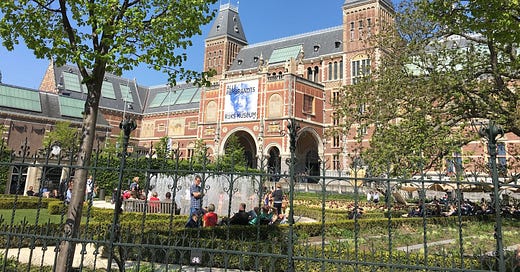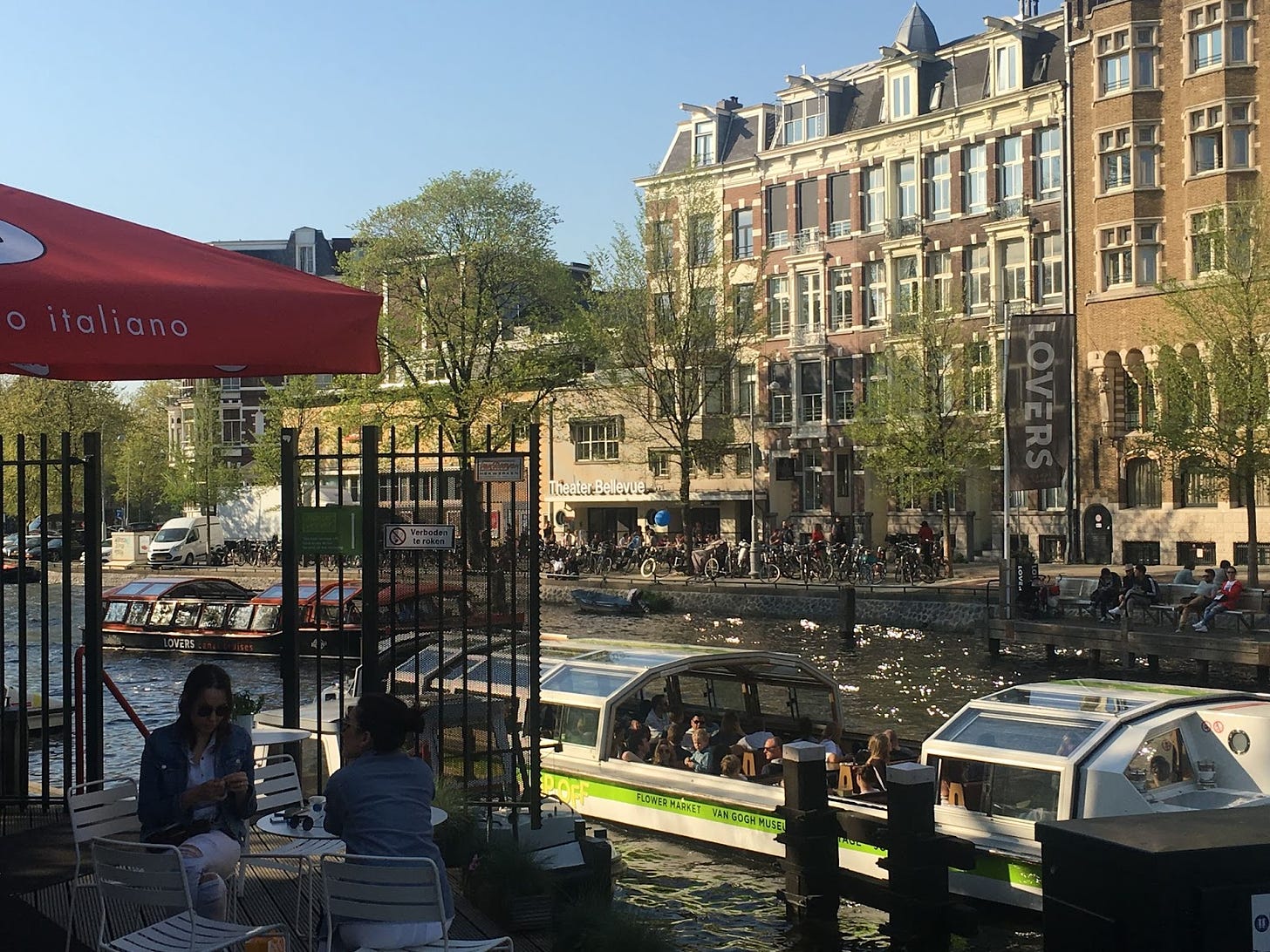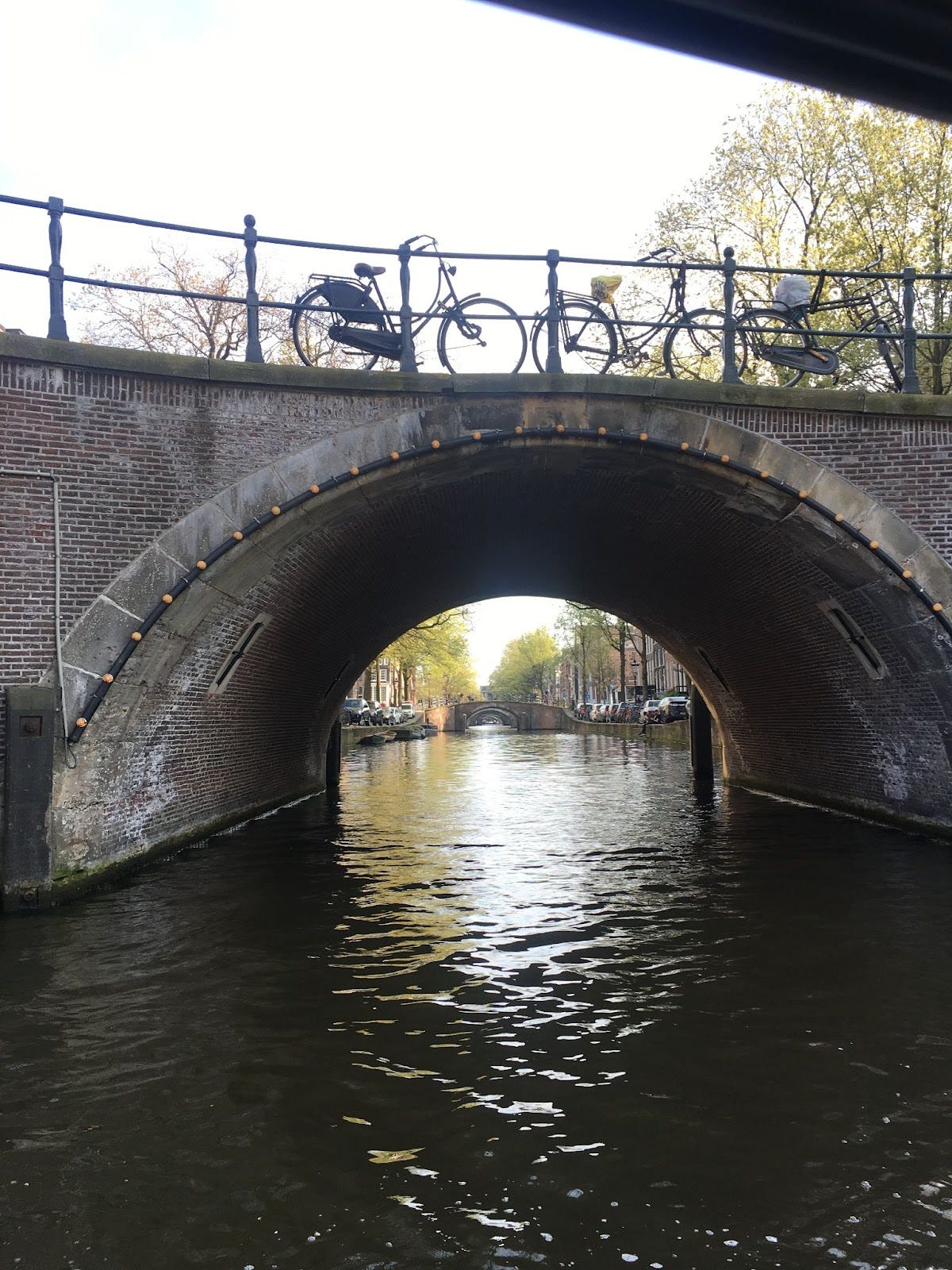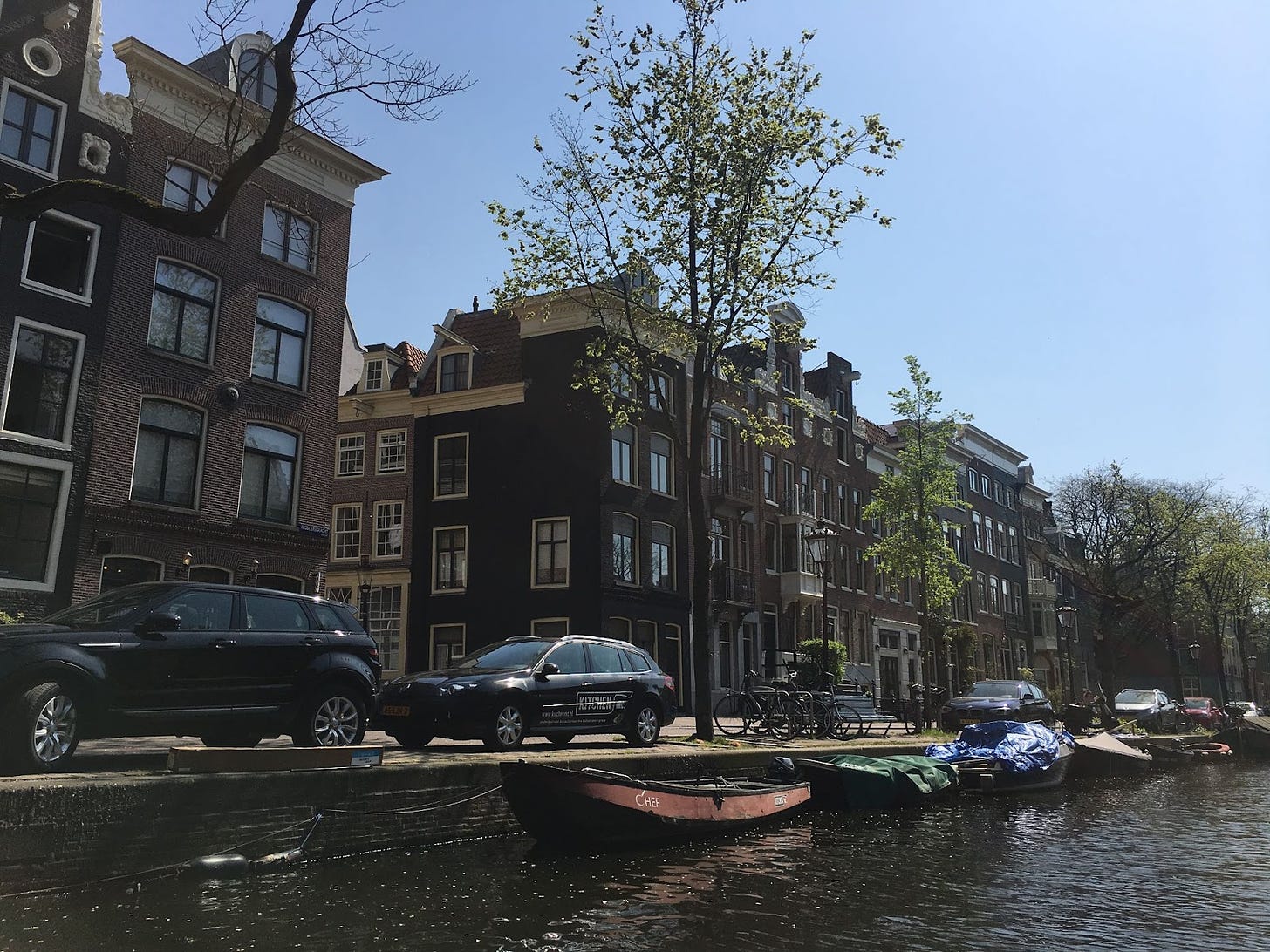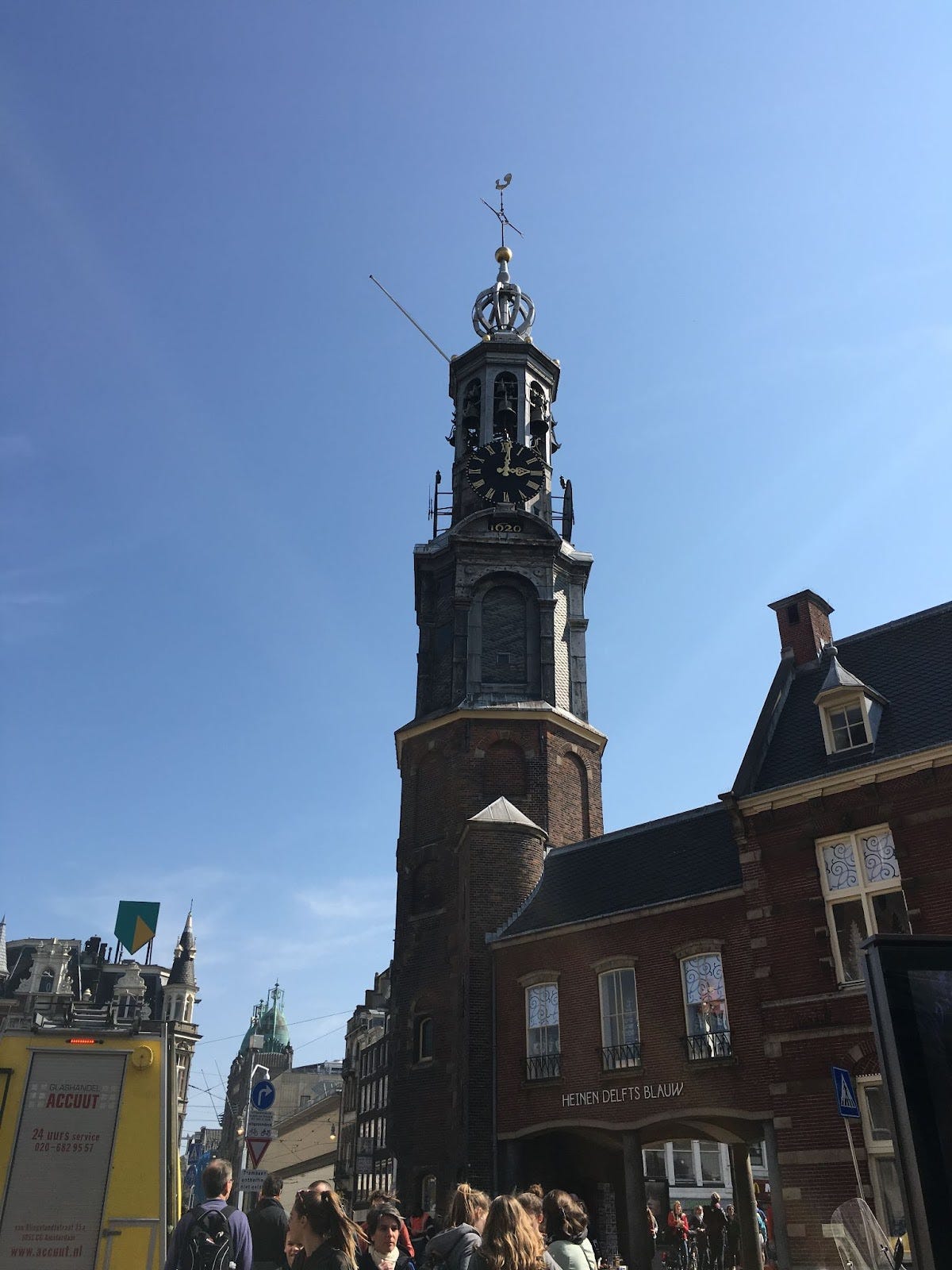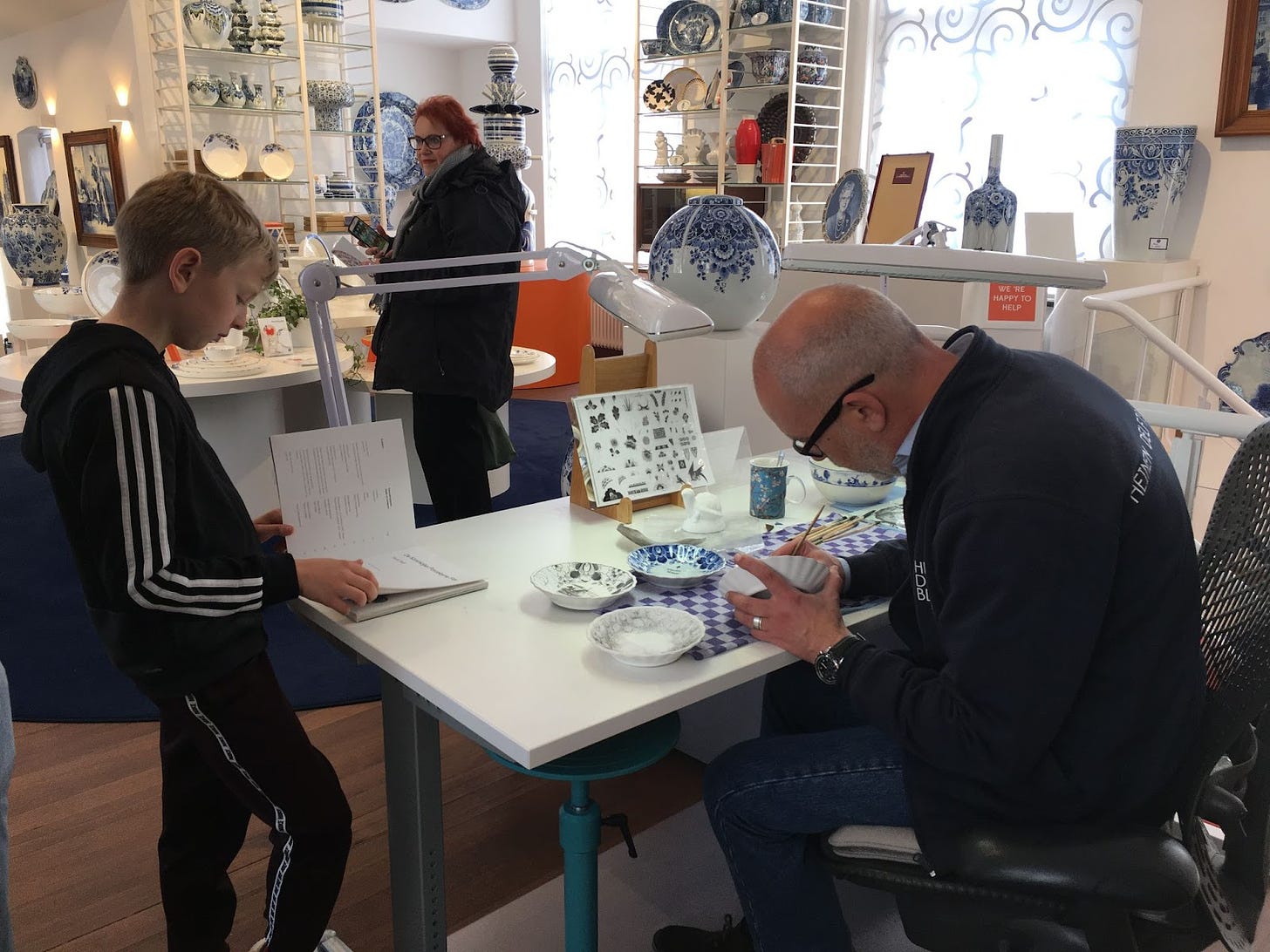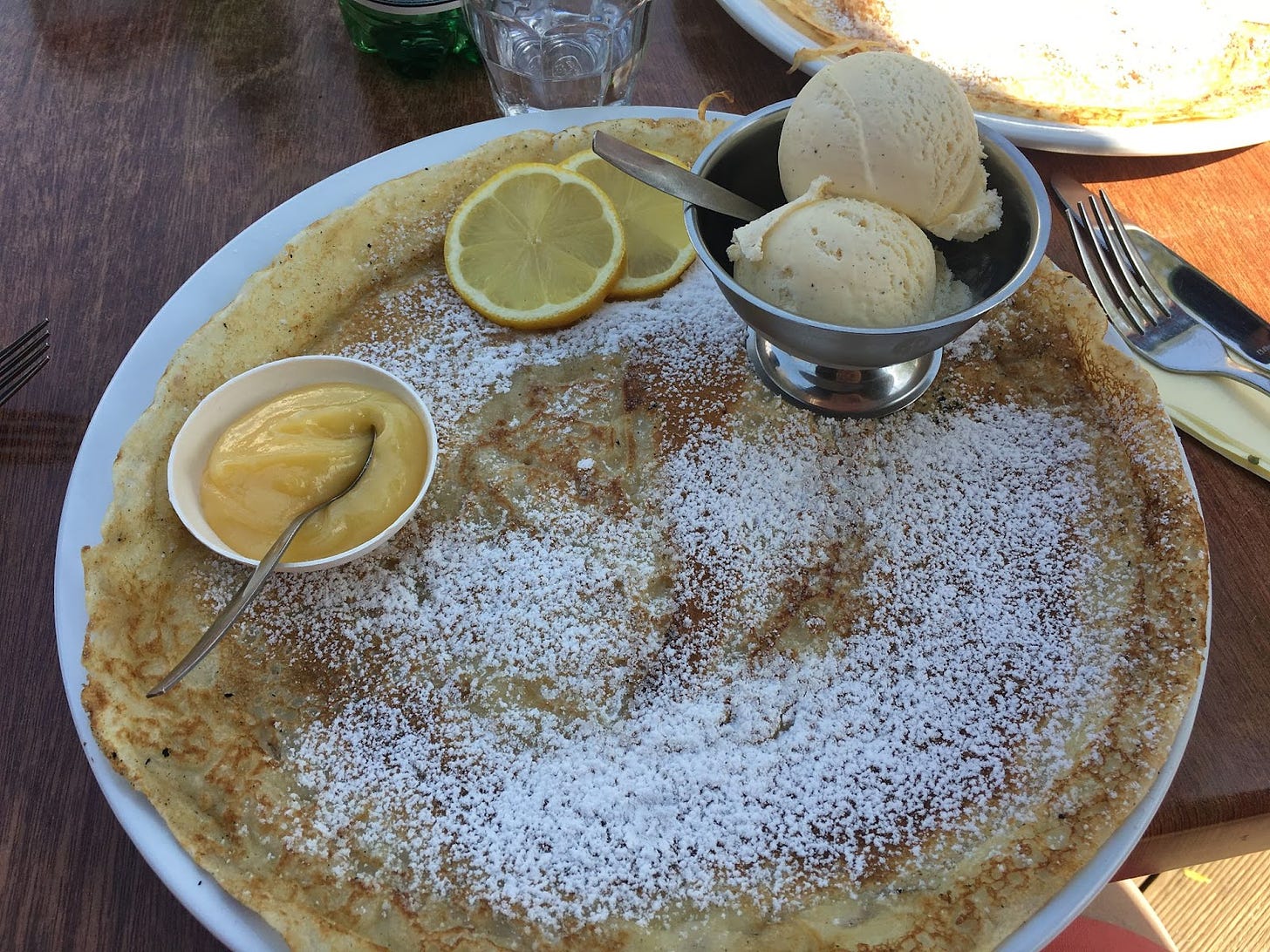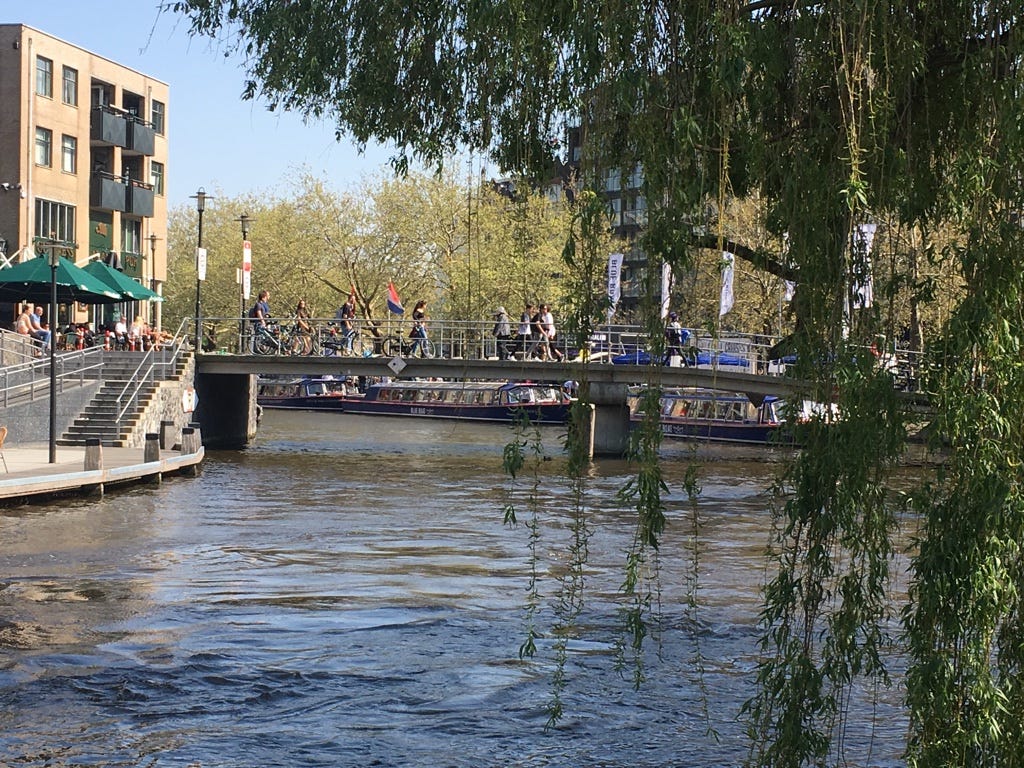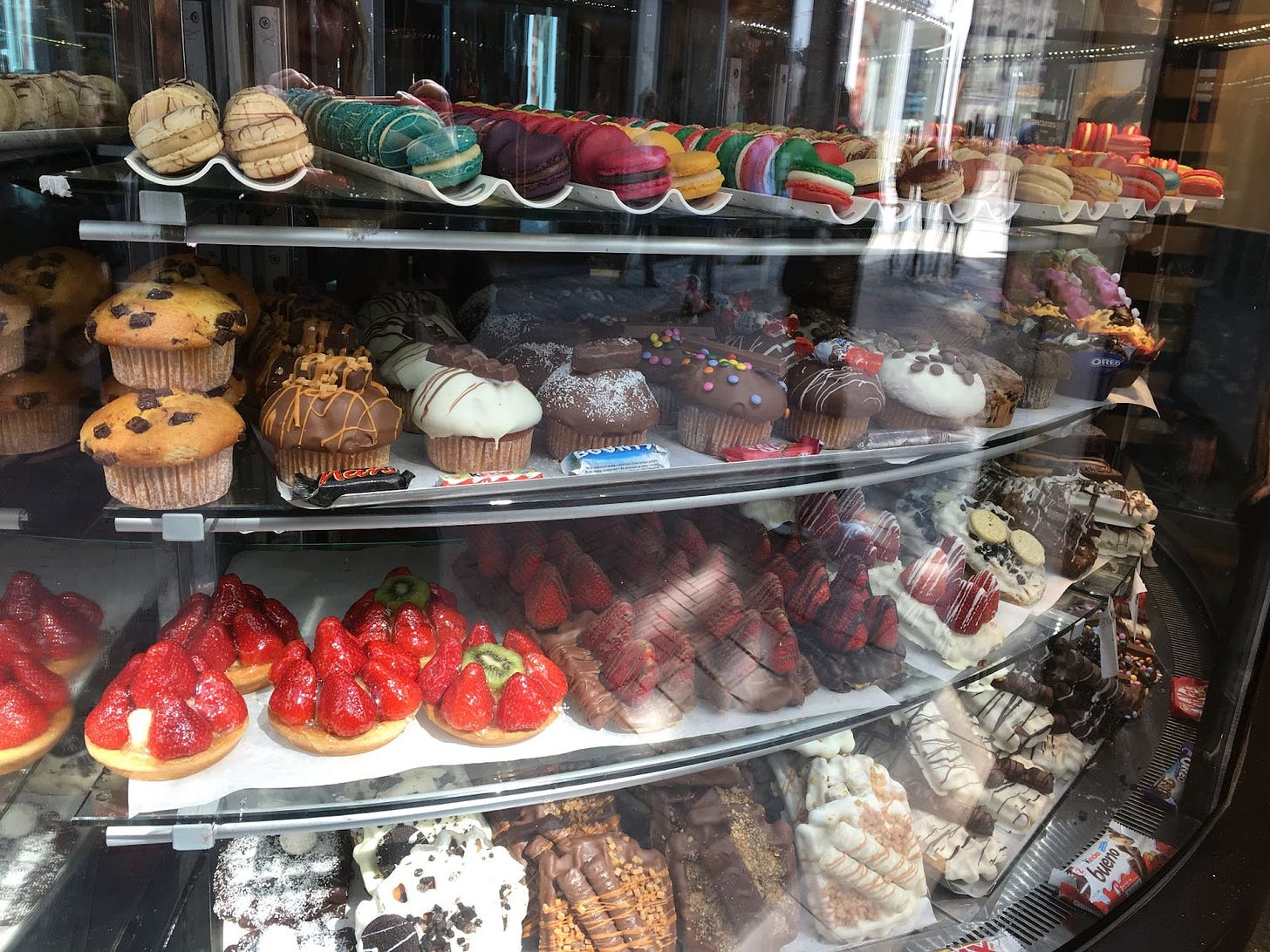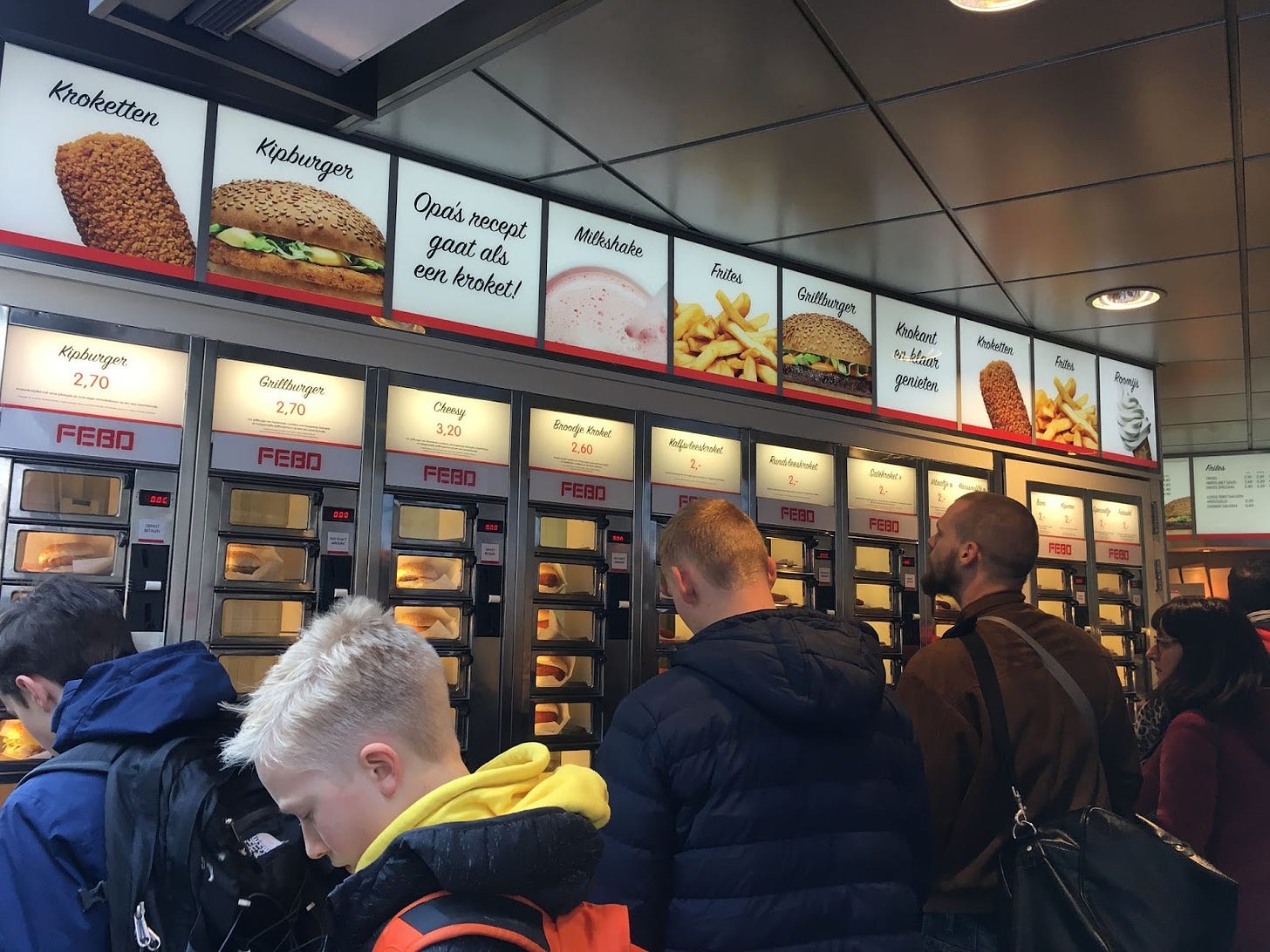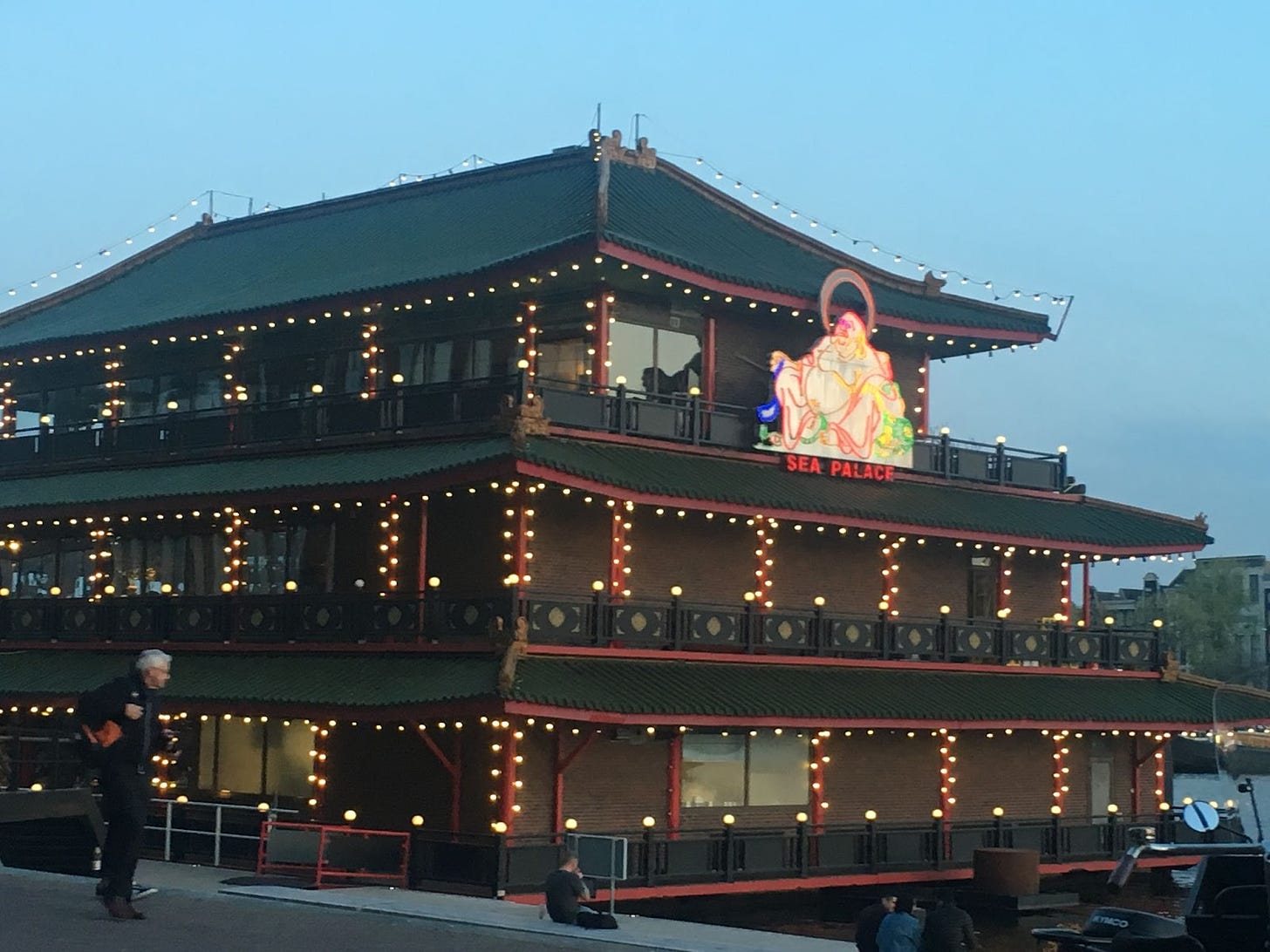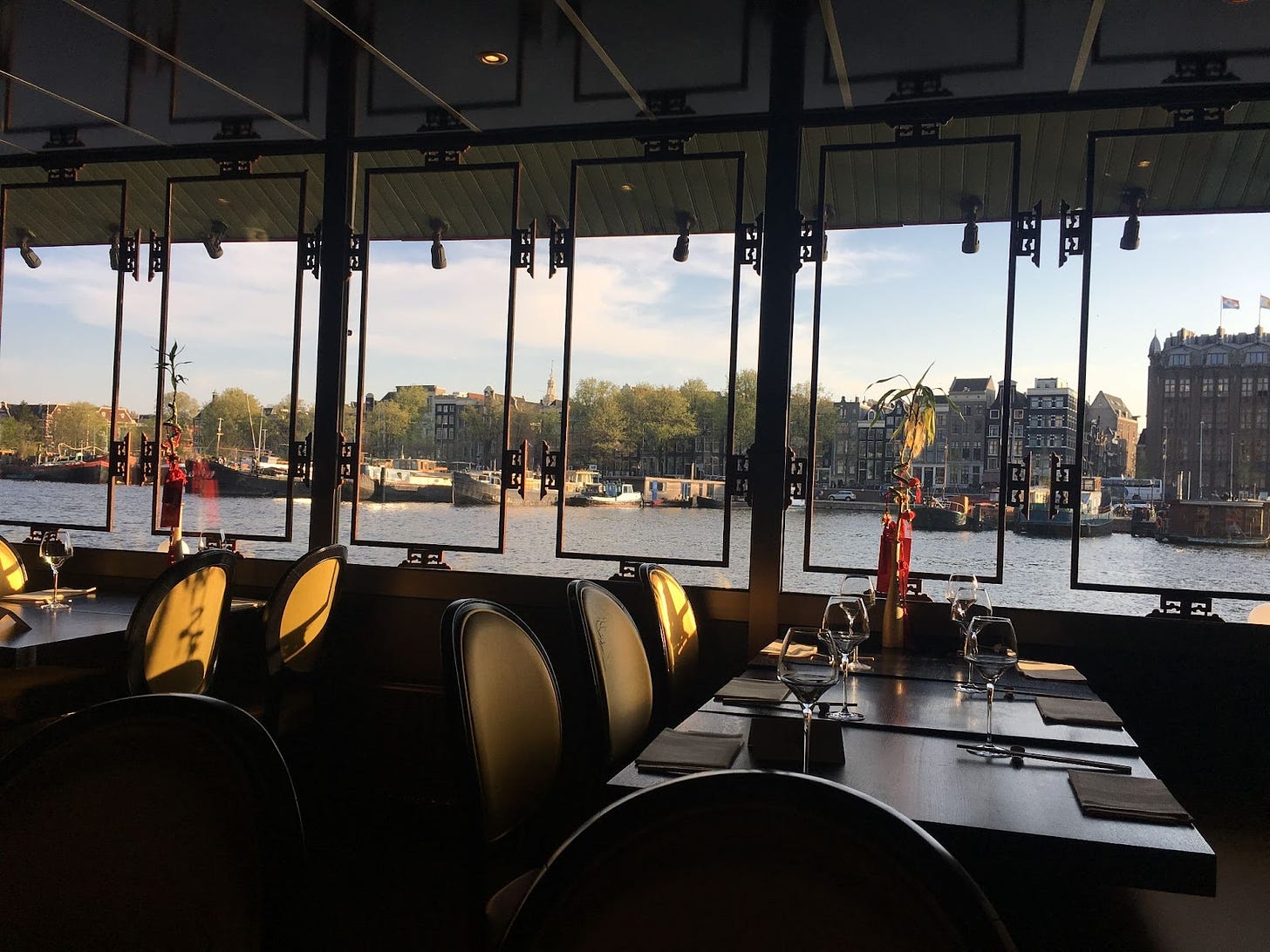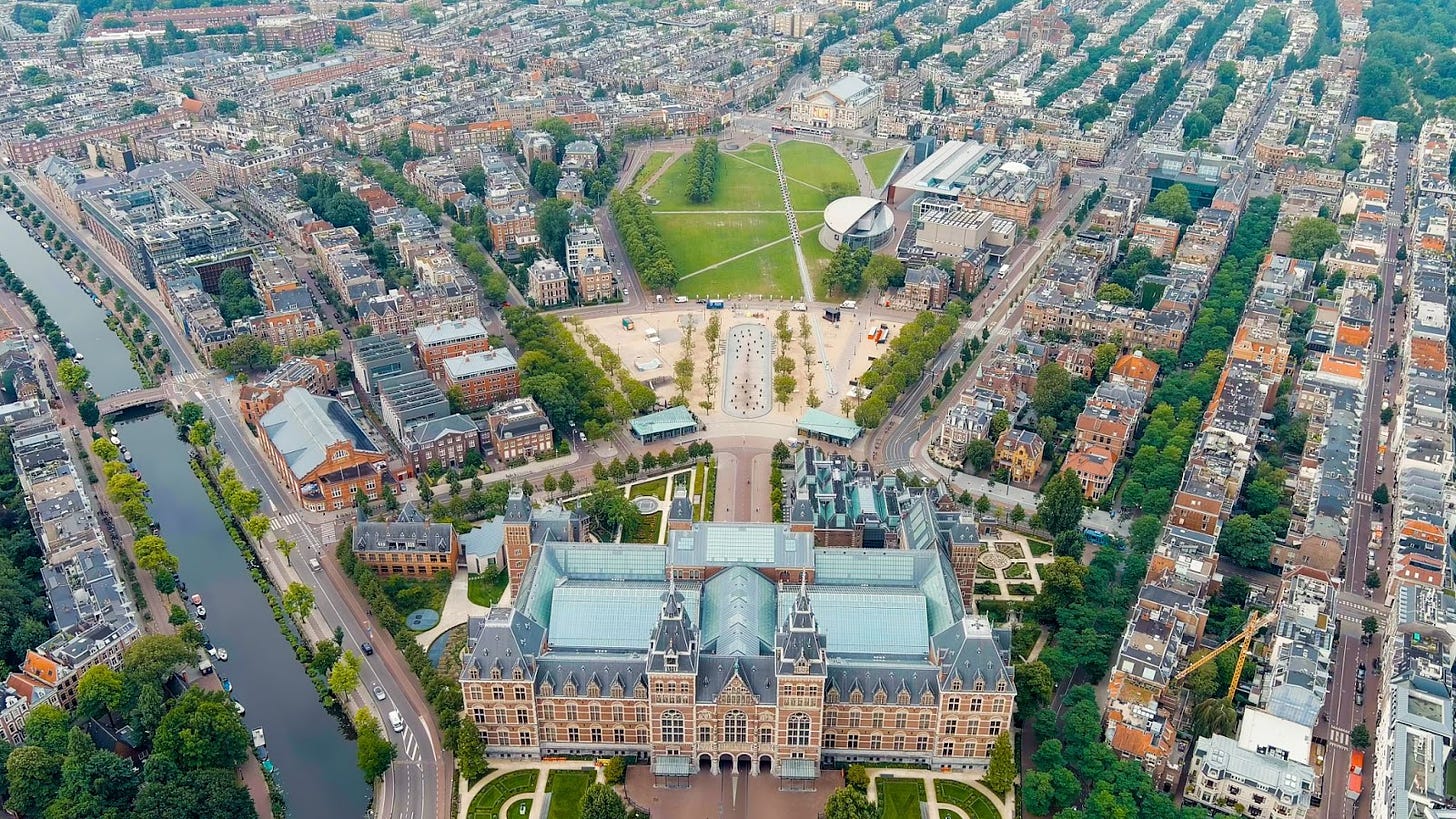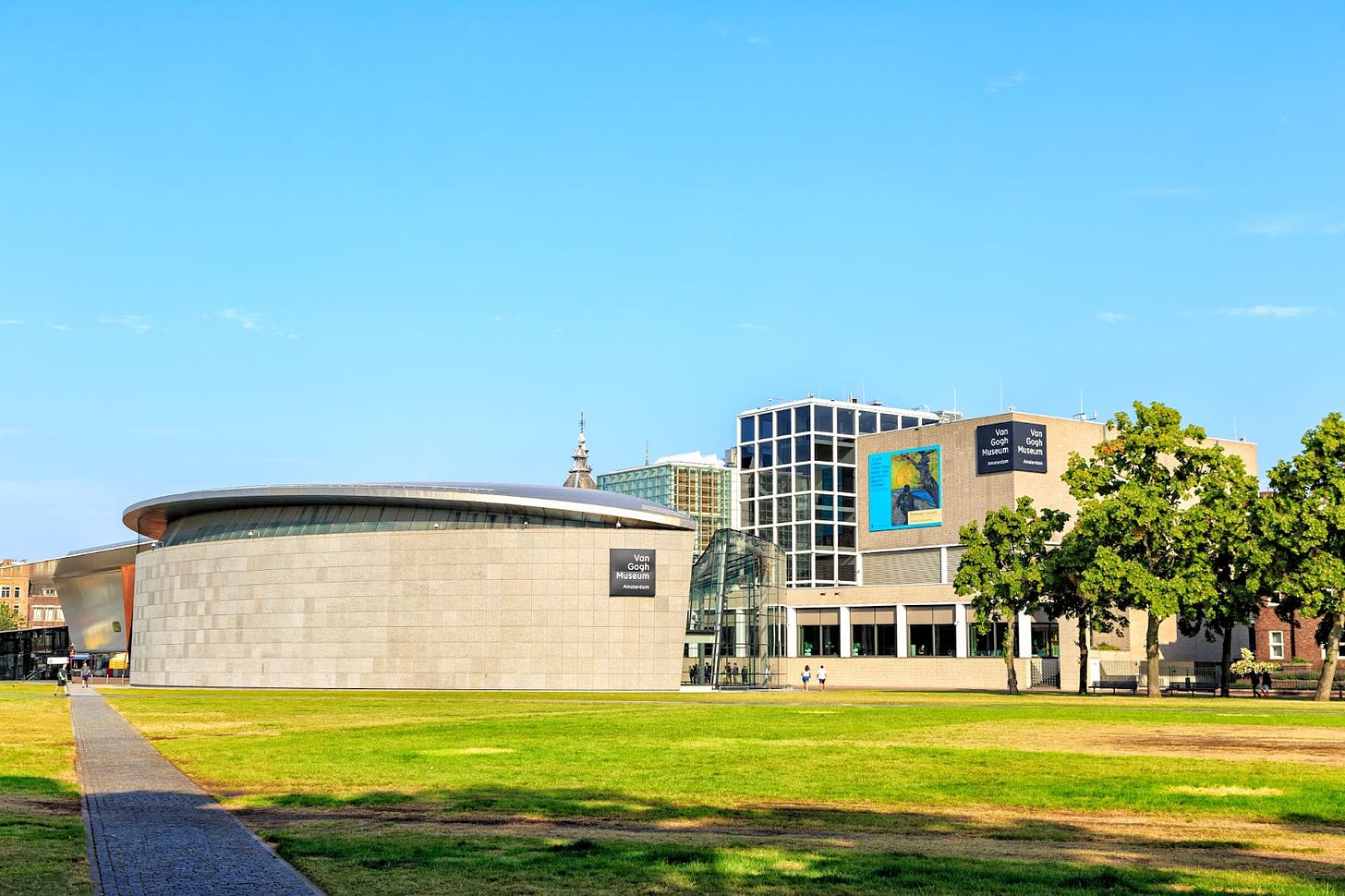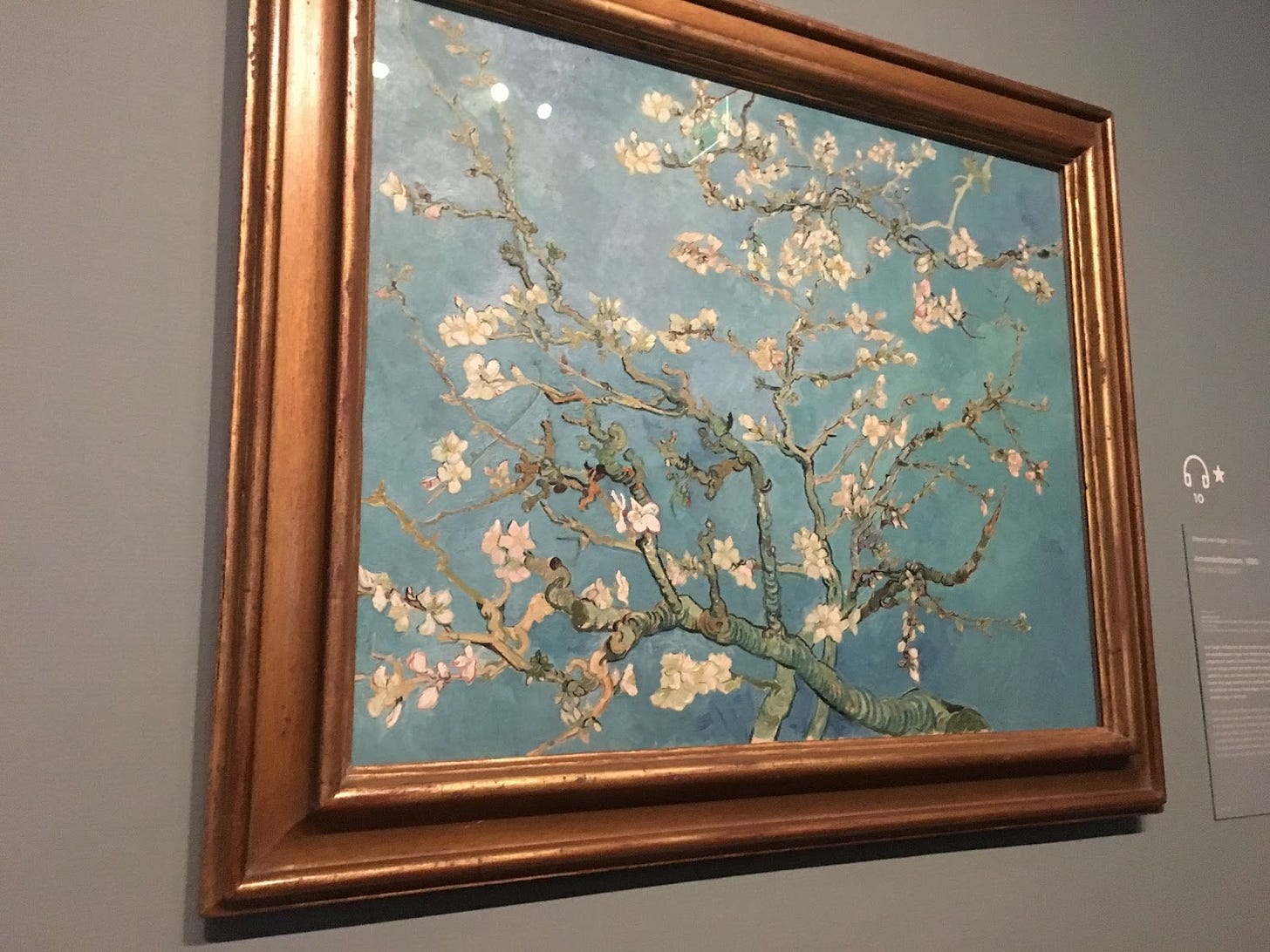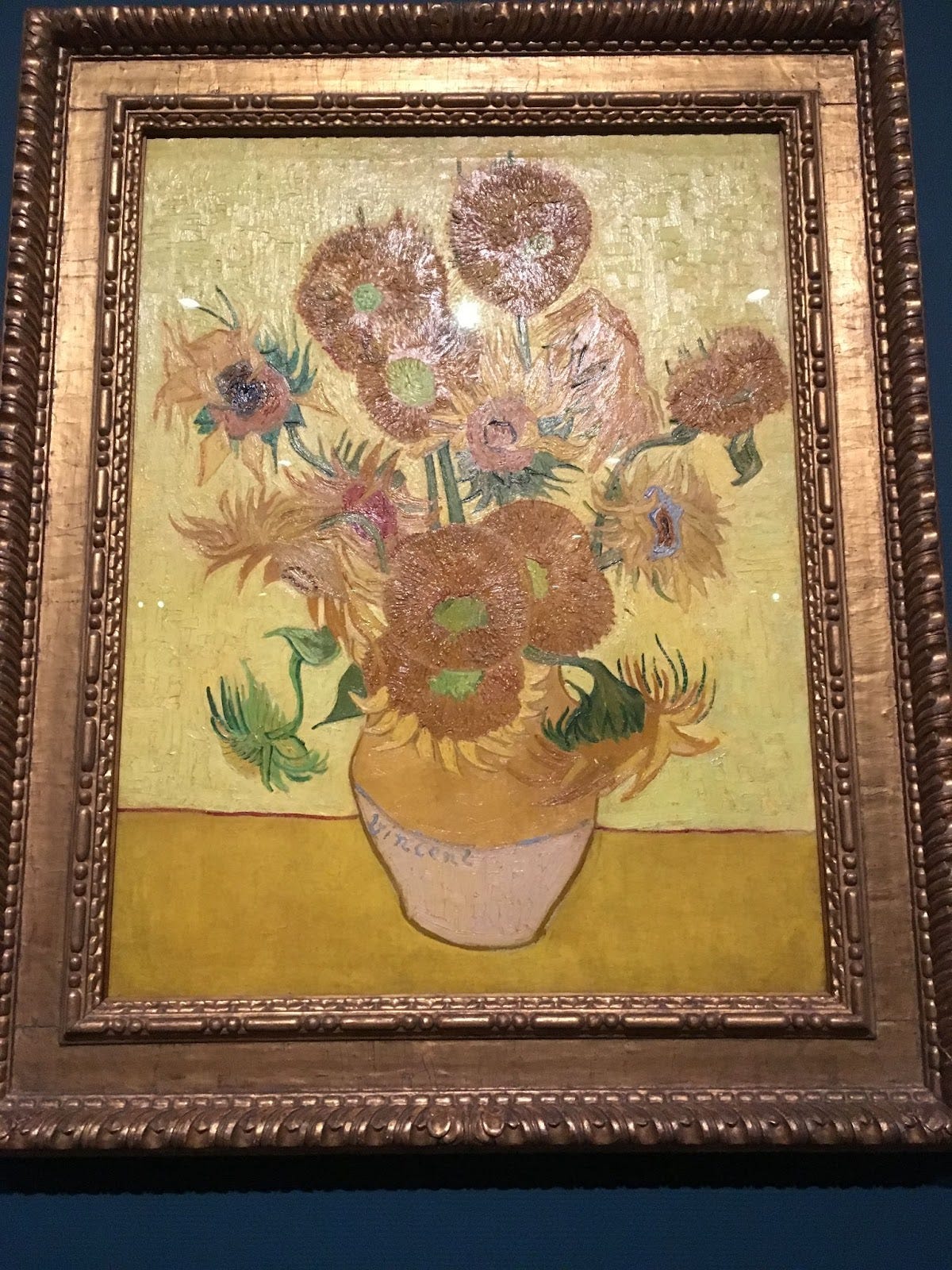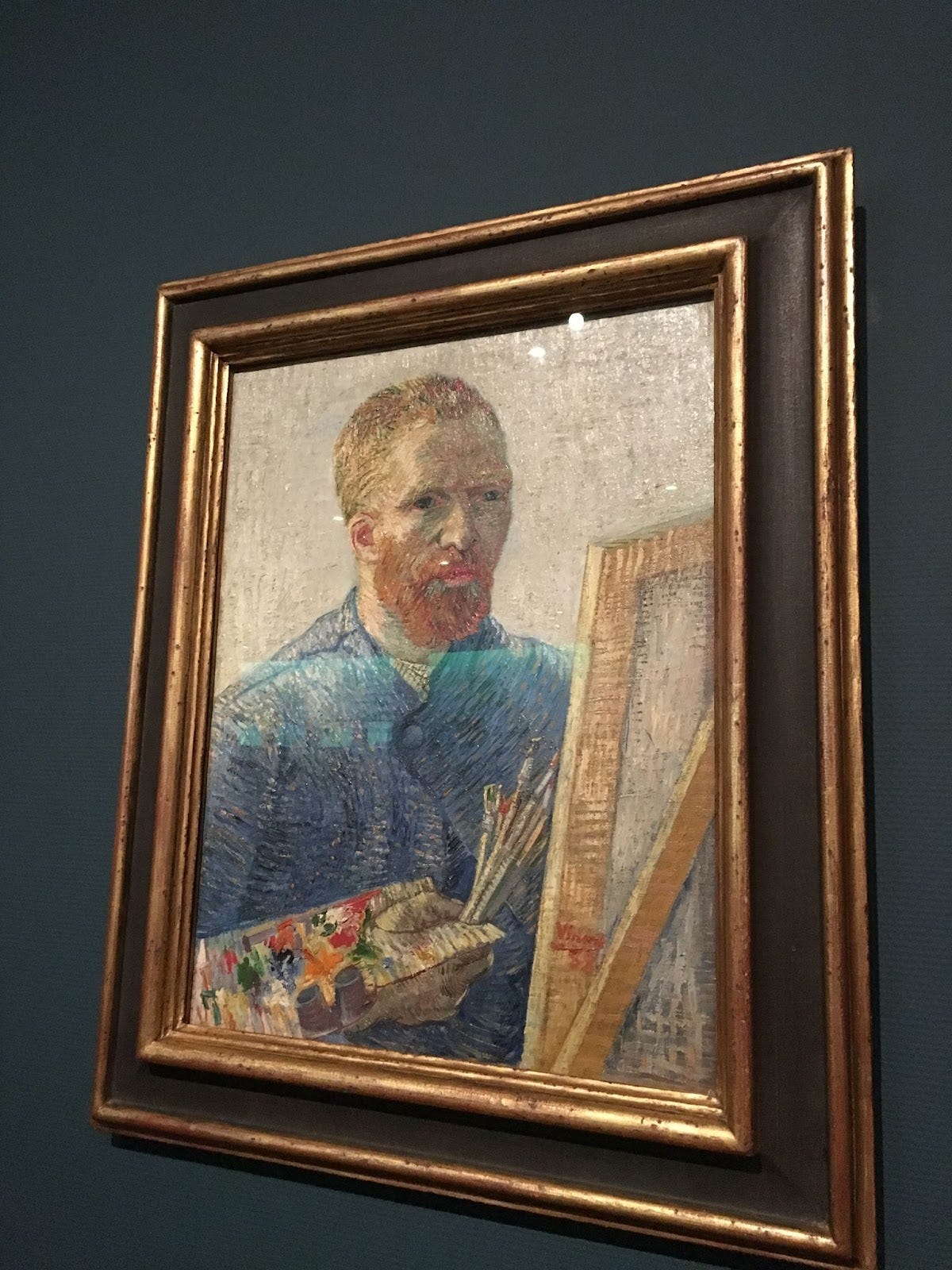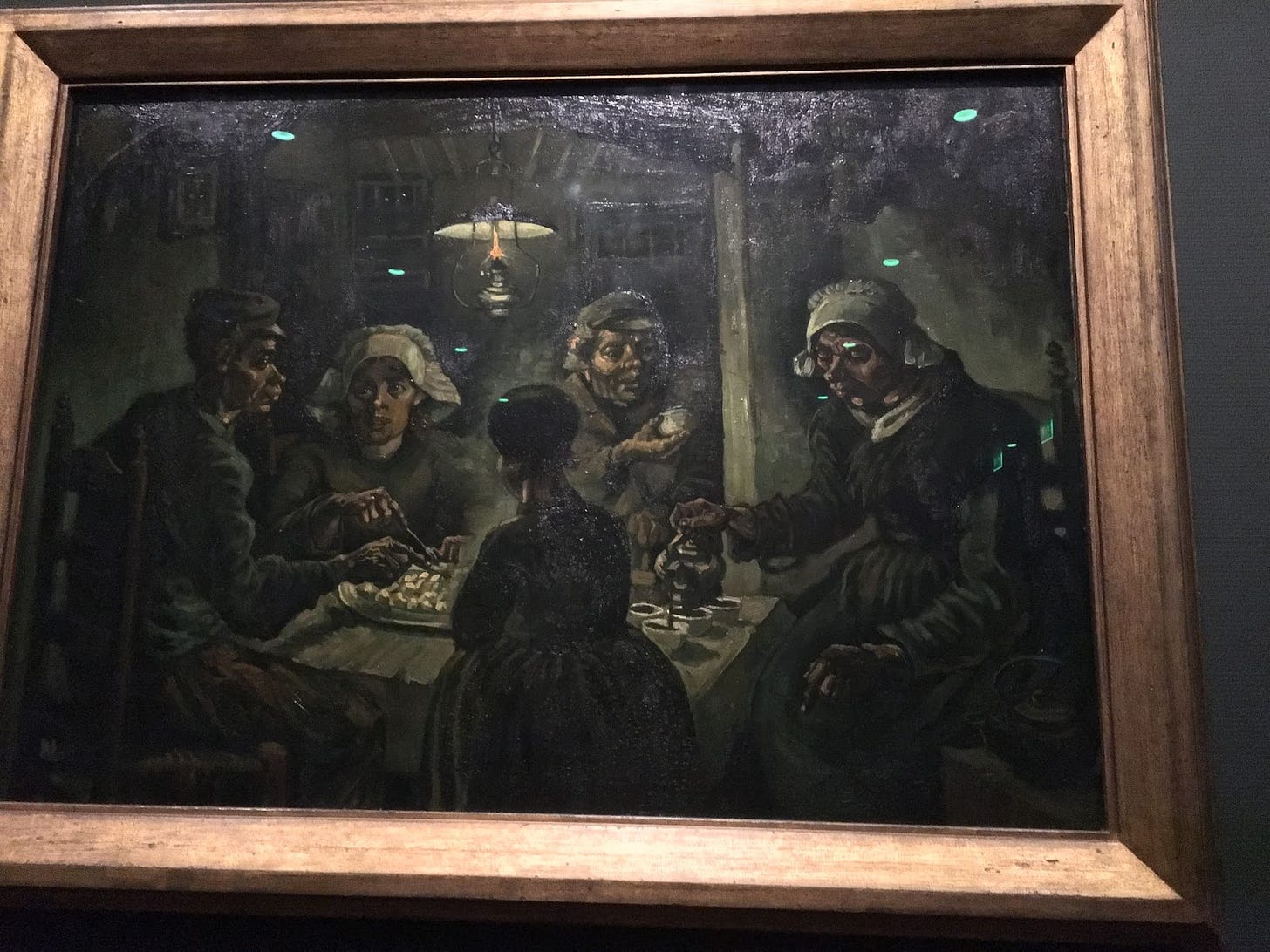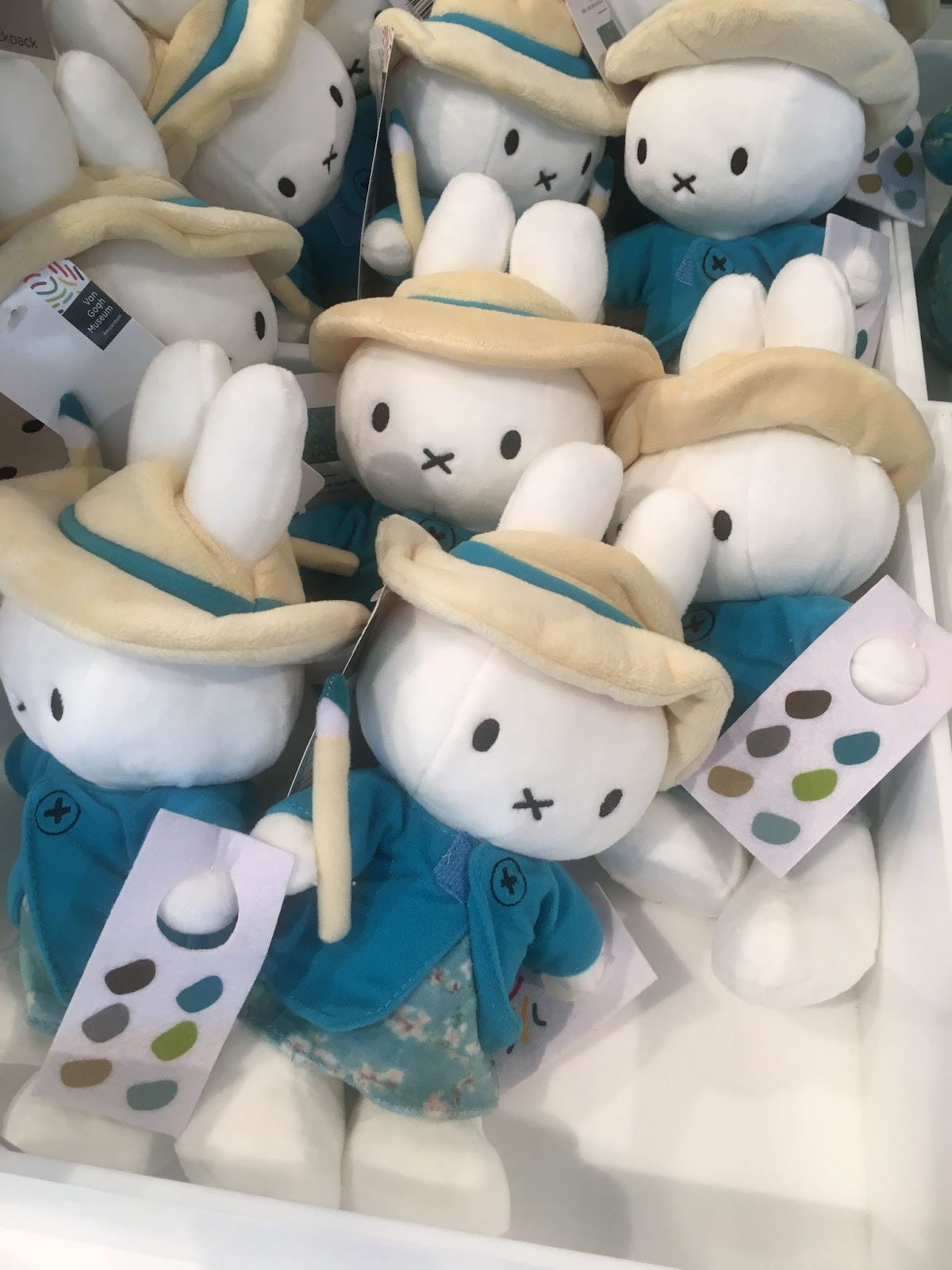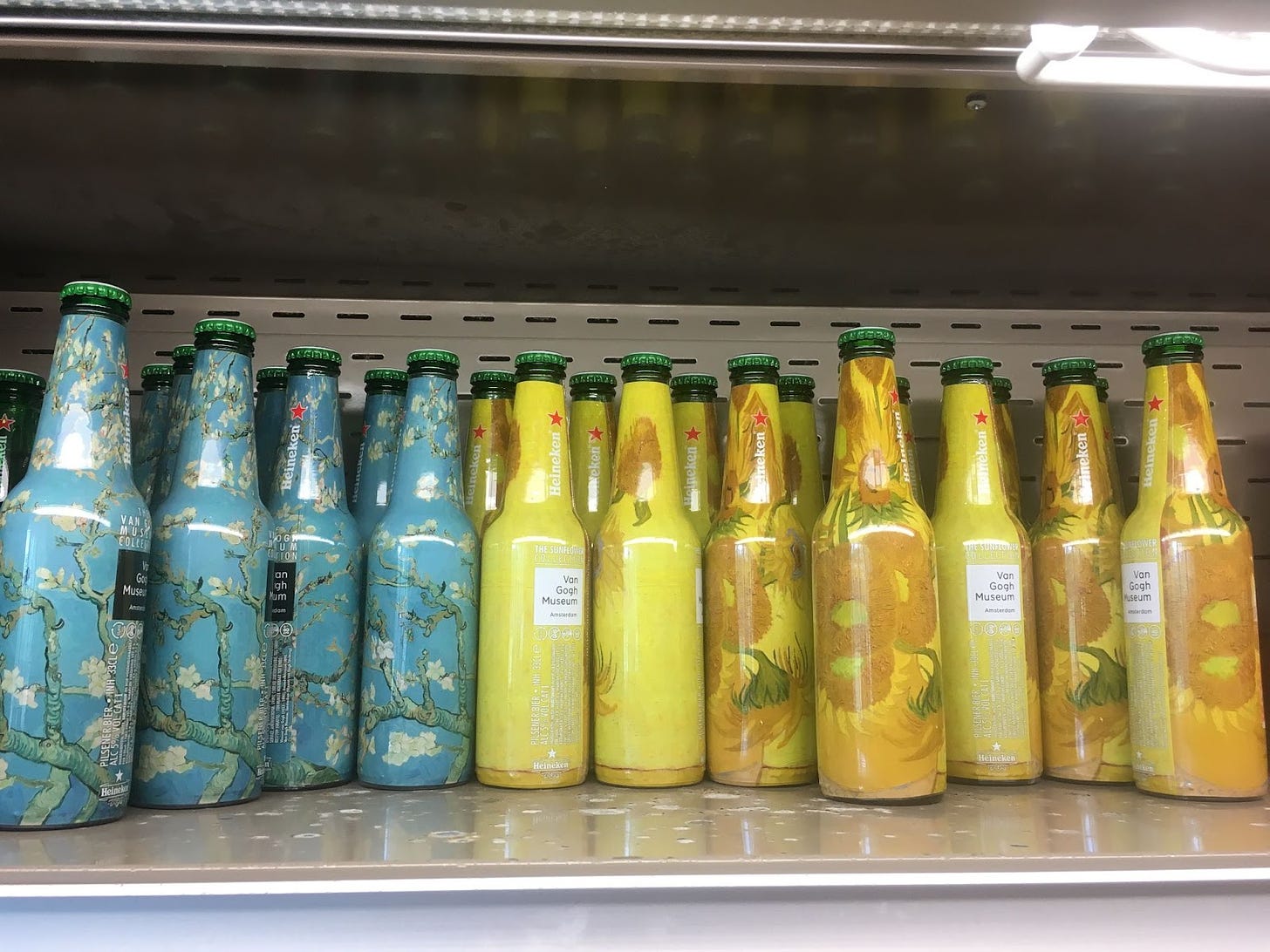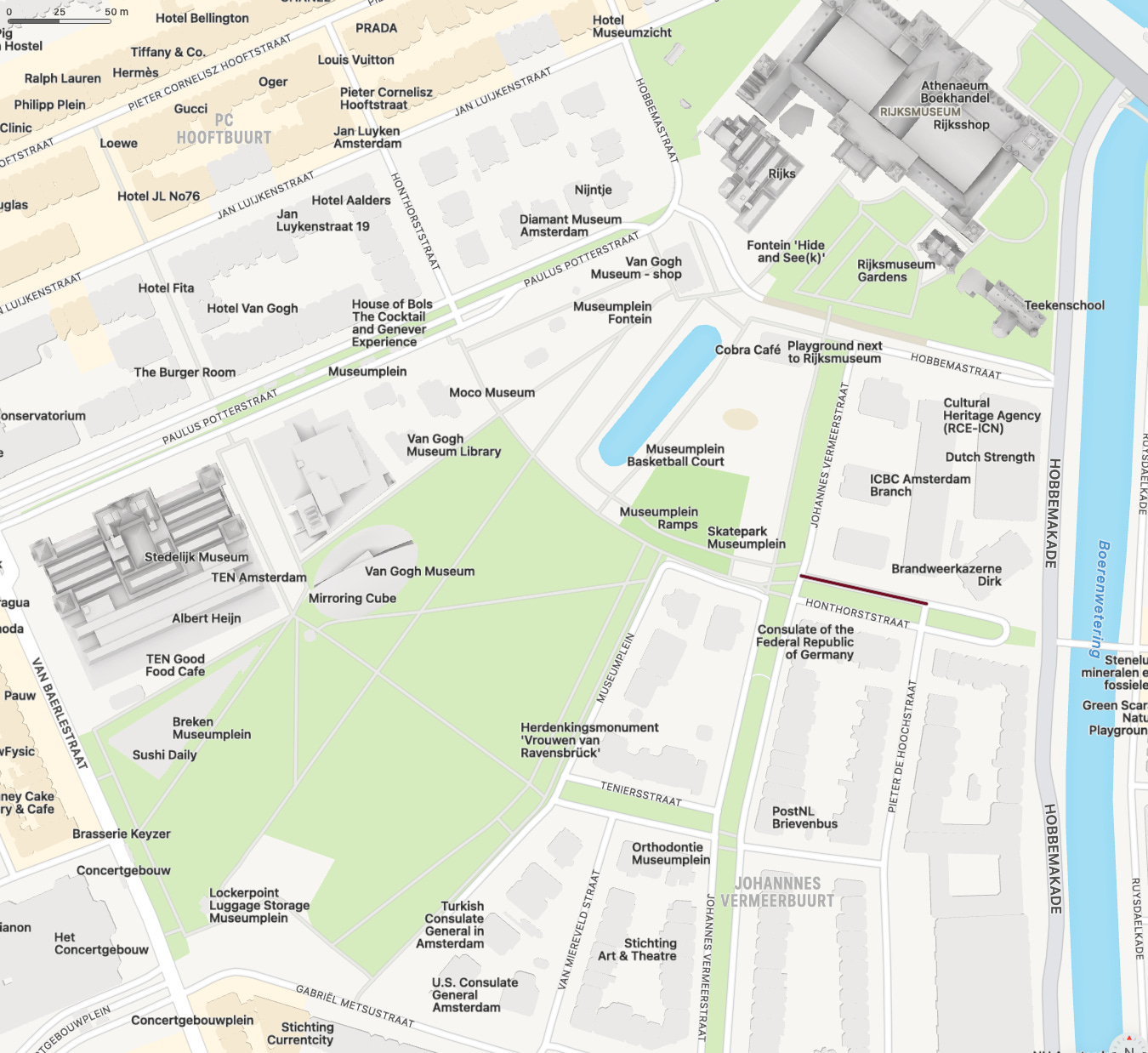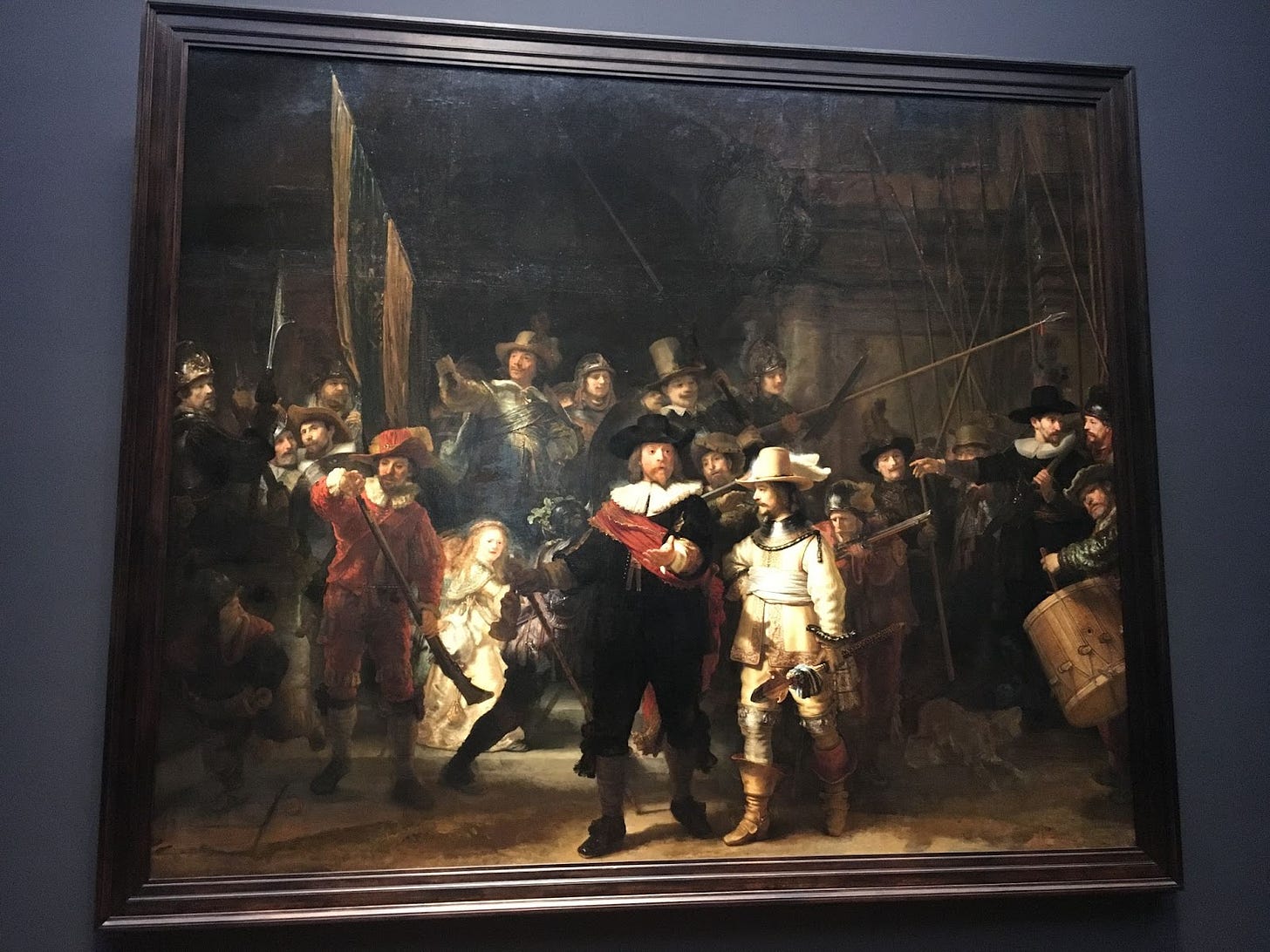Welcome
We continue our European Cities tour this week with the conclusion of our focus on Amsterdam.
The city has a lot going for it and if you are planning a European vacation then it should be in the Top 10 of your list of cities to visit.
Home to the Rijksmuseum, the Van Gogh Museum and Anne Frank Huis, there is never a shortage of things to do there.
The public transport system, in terms of trains and electric trams, along with canal boats, means it is easy to get around.
I hope you enjoy Traveling Through History in Amsterdam with me again this week.
Michelle
Savvy Travel Historian
Did you miss Issue 44, that was Part 1 of our Amsterdam feature?
Take a read here:
European Cities - Amsterdam
Last issue we talked about the fascinating history of the city of Amsterdam.
This week we take a look at more things to see and do. This is an image rich edition!
Canals
With more than 100 kms of canals, Amsterdam is a series of streets with 1,500 bridges to cross over the 90 islands that have been created by the canal network.
City planning in the 17thC, resulted in construction of the interconnecting system from east to west. One historian described the layout and its construction as like ‘a gigantic windshield wiper’.
Delft Pottery
The distinctive blue and white of the hand painted pottery produced by Royal Deft, is synonymous with the Netherlands and can be found all over Amsterdam.
While cheaper versions can be acquired from souvenir shops, if you want a genuine Deft piece, which has been hand painted, a visit to Heinen Delfts Blauw workshop/store is a must.
The workshop and store we went to is located under the ‘Munt Tower’ along Singel Street.
Here, not only can you pick up a vase, windmill, or other home decoration items (I purchased a sugar & creamer set for afternoon teas), you can watch an artist hand paint one of the large collections of individual, unique pieces available for purchase.
We spent a good 45 minutes watching this man paint a collection of bowls and discuss what he’s doing with us and other visitors.
They run workshops and hands-on classes as well. Check out their website for more details.
More information on the origin of Royal Delft can be found here:
Food
No visit to Amsterdam would be complete without at least one serving of Dutch Pancakes (bet you can’t stop at one though!).
Traditionally served as a large thin pancake, you can have savory or sweet toppings, of almost any variety.
Lemon and sugar (with ice cream) has always been my favourite.
Literally on almost every street, you can find somewhere to stop for pancakes.
On warm summer days, those restaurants and cafes that are along the canals can get busy and we had to wait in line for about 35 minutes to get into the cafe we went to. But with views like that below, it’s well worth the wait.
Also available are Poffertjes, mini dutch pancakes and very popular with children. Our son had this serving with strawberries and ice cream and was very happy!
It’s clear from a few walks down the main streets that the Dutch are a population of sweet tooths.
Any type of cake, in any flavour can be found across numerous locations!
Fast food anyone?
No need to line up, order and wait for your food. Entire ‘vending machine’ shops with a range of fast food can be purchased just by swiping your credit card and opening the door to take your food out.
Sea Palace
A friend recommended we eat at the Sea Palace Chinese Restaurant.
The largest ‘floating’ restaurant in Europe, the food and the views did not disappoint.
Museums
[Source]
Major museums in Amsterdam are centred around the Museumplein (Museum Square), with the Rijksmuseum as the centerpiece. The rear gardens and water features can be seen from the aerial image above.
Van Gogh Museum
[Source]
Located in Museum Square, the Van Gogh Museum opened in June 1973. It contains the largest collection of Van Gogh’s works in the world and receives over two million visitors a year. Booking is a must!
Almond Blossom
Van Gogh loved painting the almond blossoms in Saint-Rémy-de-Provence and did this version in 1890.
A gift to his brother Theo on the birth of his son (named) Vincent, after his artistic brother, Vincent Willem would go on to found the Van Gogh Museum and this work was one of the closest and most cherished pieces in the family’s private collection.
Sunflowers
Painted in 1889 on Arles, this is one of Vincent’s most famous paintings. It is one of five paintings that were of sunflowers in a vase.
When the artist Gauguin lived with Vincent, he hung his first two versions of sunflowers in Paul’s room.
Self-Portrait as a Painter
This painting was the last of Vincent’s work done in Paris between December 1887 and February 1888.
Vincent described himself as ‘unkempt and sad’ in this painting, which portrays the colours he is most famous for, on the palette in his hand in the painting.
The Potato Eaters
One of his early works, The Potato Eaters, painted in 1885, was Van Gogh’s attempt at being what he called ‘a good figure painter’.
The painting depicts the harsh realities of life.
Art critics at the time were divided on the work, with most disliking it due to the dark colours and figures that were not anatomically correct.
His brother Theo tried to sell the work, but no one would purchase it.
It is now considered one of the artist's masterpieces.
In April 1991, the painting, along with 19 others were stolen from the Van Gogh Museum and were only recovered thirty-five minutes after the robbery, because the getaway car broke down and the thieves abandoned the vehicle, with the paintings left inside.
Gift Shop
Perhaps one of the cutest souvenirs I’ve ever seen are these Van Gogh look-alike Miffy dolls from the museum gift shop. Complete with paint brush and colour palette, they are dressed just like Vincent’s Almond Blossom painting, the print of which has been used for years in home decorating; curtains, bed sheets and cushions, just to name a few.
Fancy a Van Gogh Heineken?
Your favourite painting on a beer to enjoy with your lunch in the cafe at the museum is a fun alternative to the normal bottle wrap!
Information on visiting can be found on the Museum’s website.
Rijksmuseum
The rear of the Rijksmuseum faces the Museumplein, a garden square that has places for people to sit, along with ponds and water play spaces for children.
Very popular on warm days. Also located here is the Van Gogh Museum, Moco Museum and Stedelijk Museum.
On the north-east corner is the US and Turkish Embassies.
The Rijksmuseum is the national museum of the Netherlands and is dedicated to Dutch arts and history. Originally housed in The Hague from 1798, it moved to Amsterdam in 1808. It is the largest art museum in the Netherlands.
Its collection has been amassed over 200 years and did not start with a large royal collection like other countries. Instead it acquired works by donations and purchases and when it began, it did not own any renowned works by the Dutch Masters.
The Nightwatch
One of Rembrandt's most revered works, The Nightwatch was completed in 1642 at the height of the Dutch Golden Age.
Its official title is “Militia Company of District II under the Command of Captain Frans Banninck Cocq”.
Want to read on for more on the Rijksmuseum and Anne Frank’s House? Paid subscribers see everything below here.

